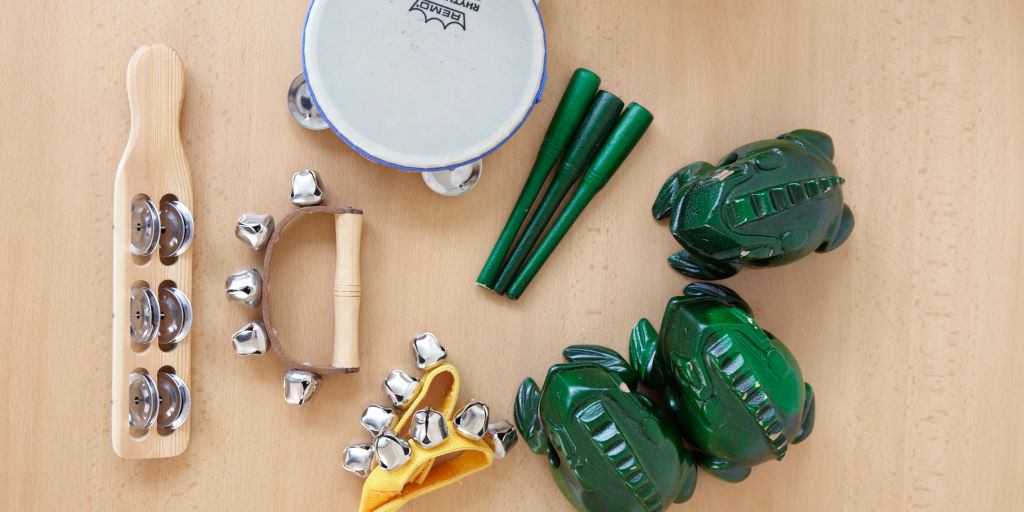
Musical-aesthetic education
Our aim when teaching art and music is to give our children the ability to express their perceptions. Children can communicate how they think, feel and make sense of what they see in the world by using music and art. Their inner workings are transformed into shapes, colours or sounds.
Our kindergarten teachers support the children in expressing their world by providing them with appealing art materials. We also strive to introduce the children to new, previously unknown ways of expressing themselves. One thing we do is confront them with pictures from various artists or play different kinds of music for them.
Educational Sector Art
Children express their ideas, feelings and thoughts when engaging with various materials, such as paint, glue, sand, paper, cardboard or soap stone. Children often paint what they have experienced or develop their body perception by drawing their hand, for example, or letting the paint run through their fingers to spread it over the painting.
Our specialised teachers give the children stimulating materials and various surfaces to paint or be creative on. Children are free to get creative on the floor, at an easel, on a table, lying or sitting down. We are dedicated to nourishing the development of their perceptive skills and their ability to express themselves individually and in a variety of ways.
Educational Sector Music
Learning about music at an early age has a lasting effect – not only on musical abilities but also on social and communication skills. Music encourages the development of children’s intelligence and brain capacities.
Rhythm and music link body, mind and soul. The children at Villa Luna have a wealth of forms of expression at their disposal, from their own bodies to various instruments, which can be used alone or together with others.
Our specialised teachers provide the children with a wide range of instruments and songs in English and German for them to join in with. We are not concerned with having the “right” songs or instruments. What matters is that the children can choose from many different sensory experiences: rattling and drumming loudly or quietly, high and low noises, songs meant for singing, humming, clapping or dancing along to.


